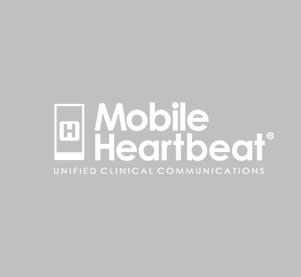Metcalfe’s Law and Plans Coming Together
It’s nice when a plan comes together.
When we were first developing MH-CURE, there were many different ideas floating around, but one key hypothesis was that our clinical communications and collaboration application needed to support the entire enterprise of a health system. For us at Mobile Heartbeat, this includes two primary factors:
- Technically, can the platform scale to support tens of thousands of users across multiple hospitals?
- Can it support the needs and use cases of all user types?
The first factor is easy to understand, but often hard to do. The second factor is the focus of this post. We had seen some really interesting solutions come out that offered support specific to physicians or nurses, or to other staff. While some solutions are better and more focused when developed for the needs of a specific role, a communication and collaboration solution has more value when it supports the entire enterprise. In fact, the value can be quantified using something known as Metcalfe’s Law, which states that the value of a communications network is the square of the number of participants (n2). 10 participants has a value of 100, 50 a value 2,500, 1,000 a value of 1,000,000, and so on. It is an exponential value curve.
Having experienced implementations at both small hospitals and large hospitals, and health systems such as HCA, New York Presbyterian, and Yale New Haven, we’ve seen Metcalfe’s Law in action time and time again. We know that when implementing a pilot, we need to consider not just the nurses, or just the physicians, but all the roles and user types contributing to patient care. In fact, we often find it is the ancillary roles that are hardest to locate and can offer the most value.
We now are augmenting our experiences with quantifiable data that further validates our initial hypothesis and in fact becomes the foundation for user adoption and value for a health system. With the latest version of our MH-CURE clinical communications and collaboration application, we now offer the capability to obtain data on user adoption, application usage and communications patterns that directly affect patient care. With this real-time data, hospitals can begin to quantify the degree to which MH-CURE improves the efficiency and collaboration of the care team and affects clinical outcomes.
It doesn’t always happen, but it is nice when a plan truly comes together.
Let’s keep the conversation going, come back next week for part 2 of my blog series:
Number of Hospitals vs. Number of Active Users


